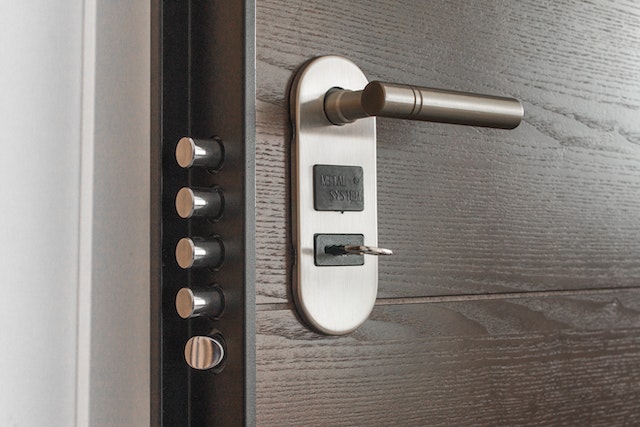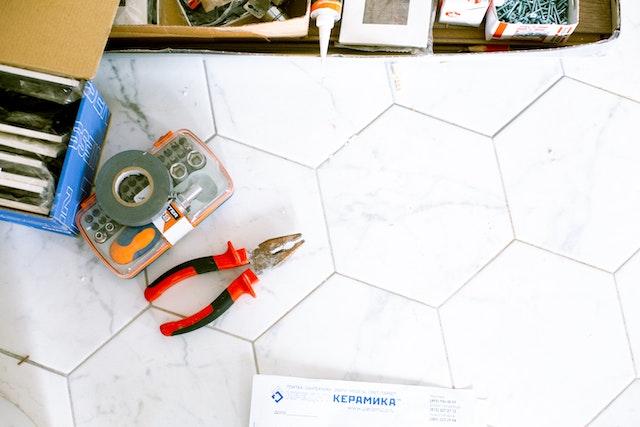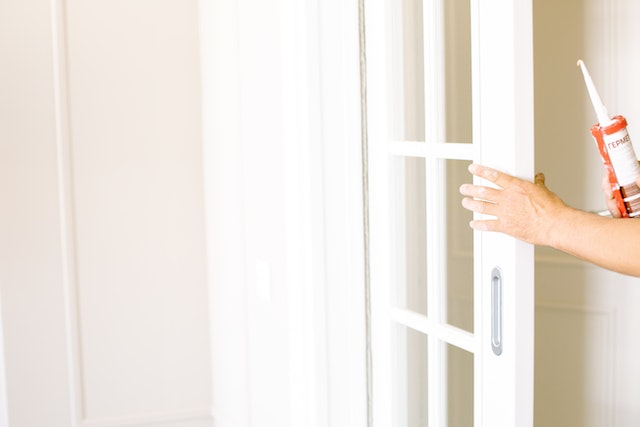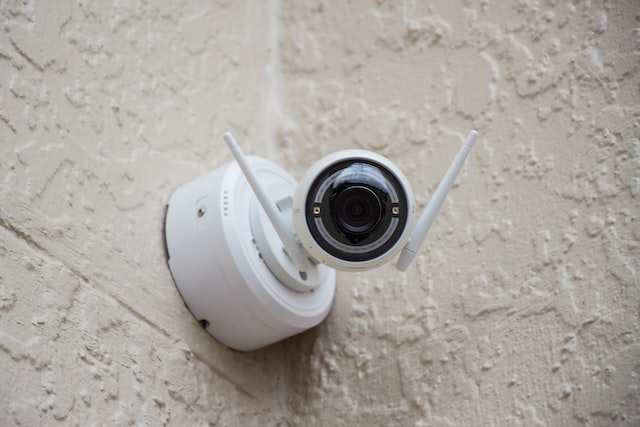Tips to Keep Your Home (and Investment) Safe
As a landlord, you are responsible for providing your renters with a habitable home. Habitability includes the safety of your rental property. If you fail your responsibility, your tenant might choose to pursue legal options. These options include breaking their lease without penalty or suing you for damages in court.
When it comes to keeping your renter safe, there are things that are within and beyond your control. Examples of things that are beyond your control include flooding, storms, and other unfortunate natural events.
For factors within your control, you must do everything possible to keep your tenant safe. The following are answers to commonly asked questions regarding keeping a home or an investment property safe.
What Are the Most Common Points of Entry for Burglars?
Most break-ins are a result of opportunity. In most cases, burglars won’t have to do much to access your home. They will usually target easy-access points that they can use without getting noticed.
Easy access points for home break-ins include the following.
- Front doors
- Unlocked areas, sheds, and storage
- Basements
- Garage doors
- Back doors
- Windows
There were over a million break-ins in the US in 2019, according to statistics from the FBI. Safeguarding these areas can help significantly improve the safety of your tenants.
What Signs Do Burglars Look for When Searching for a Target?
Some homes are an easy score for burglars, while others are obviously well-protected and not as tempting. Before a burglar enters a home, they first do their ‘research’. They aim for homes that have signs of emptiness. They will take note of the following things:
- Security features. They will scout for alarm systems and target houses without them.
- Signs of disrepair. A home that looks like it has seen better days is a sign of two things in the eyes of a burglar. One, no one is living on the property. Or two, the neglect extends to other areas of the home, such as unsecured doorways or rotting window casings.
- Overgrown shrubbery or untidy laws. This is another sign of neglect. Even without a tenant, you must always make sure that your home looks its best to deter would-be burglars. Hire a kid from the neighborhood to get the job done or call up a professional lawn maintenance company.
- Unclaimed mail and packages. This is another sign that no one is home. If your property is vacant or the tenants are out of town, ask a trusted neighbor to retrieve the mail until someone’s home.
All of these factors are reasons why doing consistent maintenance on your rental is so important.
What Kinds of Homes Are at a Higher Risk of Break-Ins?
If your rental property meets any of these criteria, it may be a green flag for burglars.
- It’s located in an area of low visibility. Decreased visibility will offer would-be burglars the perfect cover to break in.
- A home with a detached garage. This offers burglars an easy score that usually comes with a quiet alley gateway as a bonus.
- A home near an alleyway. Narrow streets provide an easy route for escape.
- A home in a cul-de-sac or in the middle of the street. This offers a better chance for a burglar to escape.
How Do You Keep Your Rental Property Safe for Tenants?
1. Install Exterior Lighting
Installing exterior lighting can be helpful in thwarting potential intruders. According to a report by KGW8, burglars suggest that homeowners install good lighting and trim their trees and bushes.
Motion sensors are a great option because you don’t have to remember to turn them on and they can surprise any intruders. The best place to install them is in a garden, front door, or driveway.
If you have a bigger budget to work with, then a great option would be to install security lighting all over your property.
2. Check the Doors
An open door is a burglar’s best friend. A burglar will frequently try doors to see if they can enter without extra effort. Usually, break-ins through a door result from a failure by the property owner to use a deadbolt lock.
That’s why landlords need to invest in smart locks. Most have an inbuilt feature to automatically engage once they detect you’re away from home.
You’ll also want to rekey the property once you’ve found a replacement tenant. This way, you’ll have peace of mind knowing only you and the current tenant have access to the property.
3. Check the Windows
According to the Bureau of Justice Statistics, 23% of burglars enter a home through a window. So, before renting out your property, make sure that all windows are secure.
To prevent a burglar from accessing your property through the windows, install window locks. Go for window locks, such as vent locks, lock pins, and key-locked latches. Just make sure you avoid standard latches, as they can be easily compromised.
4. Install Security Cameras
Homes without a security system are much more likely to be broken into and burglarized. But security systems and cameras are expensive, so not everyone thinks to add one to their property.
Security cameras not only work as a deterrent but can also be useful if there is ever a break-in on your property. You can either go for stand-alone cameras or those that work as part of an intricate web. Whichever option you choose, pick one that has mobile integration. This will help provide you with real-time footage whenever and wherever.
5. Protect Your Garage
Garage doors are an easy access point that can result in burglaries. If all entry points in your home are secured, a burglar will most likely attempt to use the garage door to access your home.
This is especially true when it comes to detached garages. They present an easy opportunity for an easy score. A quiet alley gateway offers an even better advantage for them.
Bottom Line
To protect yourself, your tenants, and your rental property, you’ll want to do whatever you can to secure your property. If you need expert help to secure your home or rental property, Limehouse Property Management can help. We’re the top Virginia Beach property management company. Get in touch to learn more!




